Building "green" supporting industries by 2030
Ten years of development have brought Vietnam’s supporting industry (CNHT) from a policy concept to a production reality. But as the world rapidly shifts to a green and circular economic model, the industry is facing a pivotal stage, either transforming itself to integrate more deeply into the global value chain, or continuing in the position of a low-tech “satellite”.
Statistics clearly show this reality. Mr. Pham Van Quan, Deputy Director of the Department of Industry ( Ministry of Industry and Trade ), said that up to 94% of Vietnam's import turnover is for raw materials, spare parts, and components - things that can be actively produced thanks to the development of basic and supporting industries.
The main difficulty within the industry is that Vietnam's supporting industry requires large capital and high technology - weaknesses of many domestic enterprises. Meanwhile, the access to science and technology, industrial standards of Vietnamese enterprises is still slow, the scale is too small, or there is a lack of capital to invest in research, and expensive technological lines.
The private sector, where great expectations are placed, has not yet accessed and met important industry standards and certifications, or its old, degraded machinery cannot meet the increasingly stringent demands of the market.
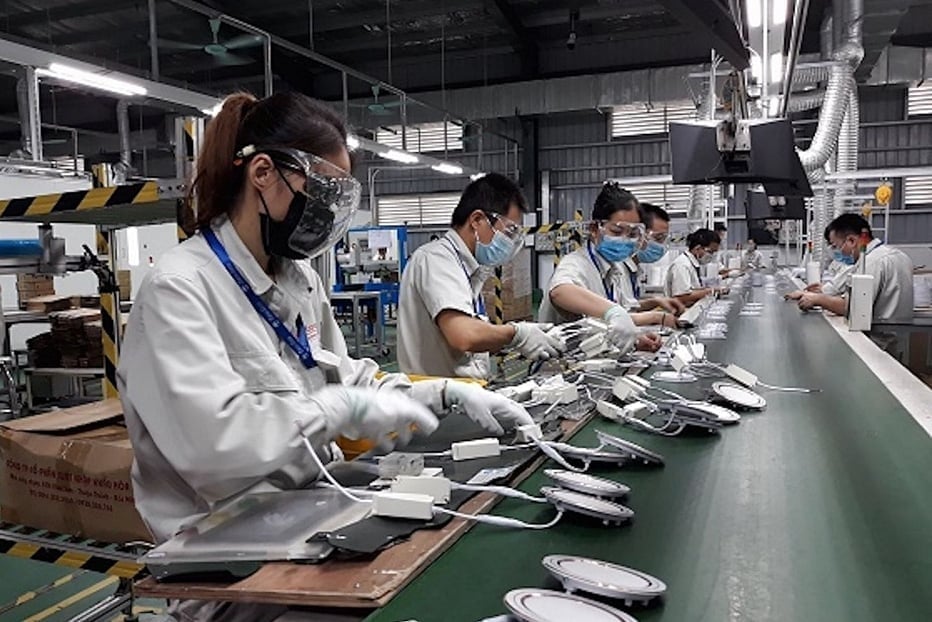
The Ministry of Industry and Trade sets a target that by 2030, at least 70% of businesses will meet green and circular criteria. Illustrative photo.
The Ministry of Industry and Trade is currently coordinating with localities to complete the tasks set out in the Vietnam Industrial Development Strategy to 2025, with a vision to 2035; the Project on Restructuring the Industry and Trade Sector and other related programs and policies.
The goal by 2030 is to increase the localization rate in the processing and manufacturing industries to 45-50%; at least 70% of enterprises meet green and circular criteria; and form at least 5 regional supporting industry centers in Hanoi, Ho Chi Minh City, Bac Ninh, Da Nang and Can Tho.
Three key groups of tasks were identified, including: developing a set of criteria for evaluating green supporting industry enterprises; piloting the "Green Supporting Industry Transformation Support Center" in five localities; and connecting resources with the Science and Technology Development Fund and the Vietnam Environmental Protection Fund to support capital, technology and consulting.
There are many barriers
The journey to these goals is not easy. Industry associations say that most supporting industry enterprises are still small in scale, lacking investment capital and technology. In Hanoi, where nearly 900 supporting industry enterprises are concentrated, the proportion of products with high technical content is still limited; many establishments only undertake processing, with low added value.
Mr. Mac Quoc Anh, Vice President and General Secretary of the Hanoi Association of Small and Medium Enterprises, admitted that the characteristics of supporting industries are long investment cycles, large costs for machinery and equipment, while the ability to borrow long-term capital for small enterprises is very difficult.
Along with capital barriers, technological level and quality management are also inherent weaknesses. To participate in the global supply chain, enterprises must meet a series of standards on accuracy, stability, traceability and batch size. However, most domestic enterprises still lack the capacity for international measurement, certification and high-tech human resources. Without regional technical assistance programs, such as a network of supporting industrial centers, the improvement of green manufacturing standards will be very slow.
Green transformation, meanwhile, requires more than a blueprint. New regulations such as Decree 205/2025/ND-CP have expanded incentives for businesses to adopt energy-saving technologies, use recycled materials, reduce CO₂ emissions and access green credit. But many small businesses are not eligible for these policies due to a lack of consultants, technical knowledge to prepare green project dossiers, and connections to reduce investment costs.
Regional imbalances also create gaps. Supporting industries are mainly concentrated in the Southeast and Red River Delta regions; the Central and Central Highlands provinces have yet to form synchronized production clusters. The Ministry of Industry and Trade’s proposed five regional centers will be a step to address the local concentration, helping local businesses access technology, training, and supply chains of large corporations.

Mr. Phan Dang Tuat, Chairman of Vietnam Association of Supporting Industries. Photo: VASI.
Mr. Phan Dang Tuat, Chairman of the Vietnam Association of Supporting Industries (VASI), once commented that supporting industries still do not have their own legal framework, so support policies are often scattered in many different documents. According to him, without a “framework law” for supporting industries, businesses will lack a legal foundation for protection and sustainable development. This viewpoint is supported by many experts, because it helps position supporting industries as a specific economic sector instead of just a subsidiary of the manufacturing industry.
On the local side, many opinions from key provinces and cities on supporting industry also believe that a “push” in capital and technology is needed for businesses to overcome the transition period. Without a medium and long-term preferential loan mechanism, most businesses will be left out of the game.
Economists all agree that the coming period will be a test of Vietnam's industrial self-reliance. If the localization rate reaches the target of 45-50% and most businesses switch to a green production model, supporting industries will not only help reduce the trade deficit but also become the foundation for high-tech export industries. However, doing so is not easy because policies need to go hand in hand with a real support ecosystem, from consulting networks, green banks, to tax incentives and standardized infrastructure.
Source: https://nongnghiepmoitruong.vn/muoi-nam-kien-tao-cong-nghiep-ho-tro-phat-trien-xanhbai-3thach-thuc-va-dinh-huong-d781078.html



![[Photo] The road connecting Dong Nai with Ho Chi Minh City is still unfinished after 5 years of construction.](https://vphoto.vietnam.vn/thumb/1200x675/vietnam/resource/IMAGE/2025/11/04/1762241675985_ndo_br_dji-20251104104418-0635-d-resize-1295-jpg.webp)
![[Photo] Ho Chi Minh City Youth Take Action for a Cleaner Environment](https://vphoto.vietnam.vn/thumb/1200x675/vietnam/resource/IMAGE/2025/11/04/1762233574890_550816358-1108586934787014-6430522970717297480-n-1-jpg.webp)
![[Photo] Ca Mau "struggling" to cope with the highest tide of the year, forecast to exceed alert level 3](https://vphoto.vietnam.vn/thumb/1200x675/vietnam/resource/IMAGE/2025/11/04/1762235371445_ndo_br_trieu-cuong-2-6486-jpg.webp)

![[Photo] Comrade Nguyen Duy Ngoc holds the position of Secretary of the Hanoi Party Committee](https://vphoto.vietnam.vn/thumb/1200x675/vietnam/resource/IMAGE/2025/11/04/1762234472658_a1-bnd-5518-8538-jpg.webp)







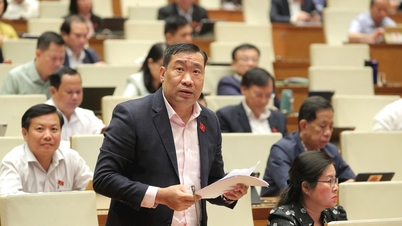
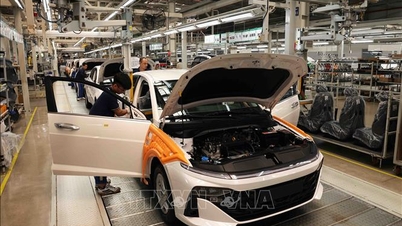




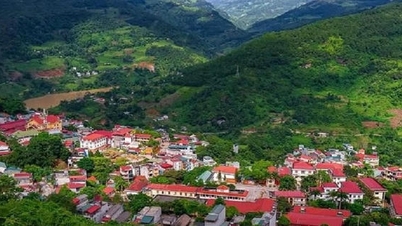

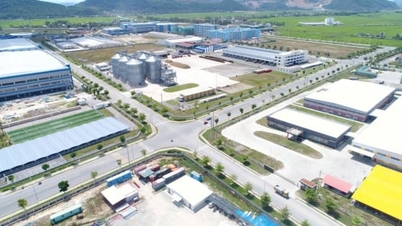



























































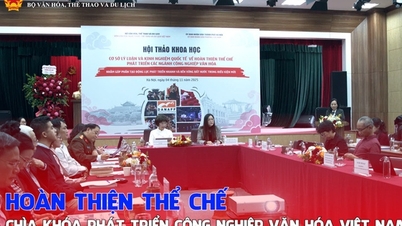








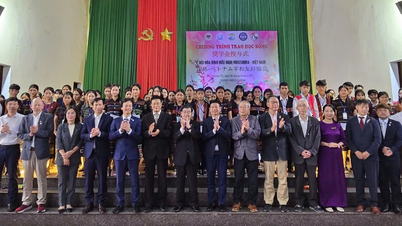

















Comment (0)